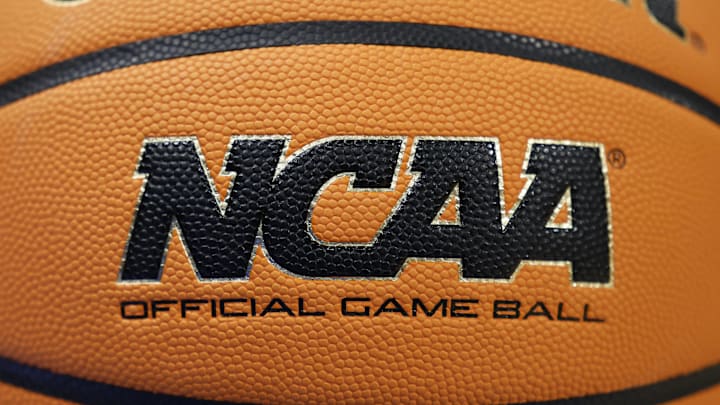NCAA agrees to deal that allows schools to pay players

In this story:
The NCAA and its power conferences have agreed on a settlement to allow schools to directly pay student-athletes.
According to reports, the NCAA and its leagues are prepared to move forward with a $2.8 billion agreement to settle three antitrust cases. The NCAA will pay that amount to former and current student-athletes over the next 10 years. The antitrust settlement includes the framework of a revenue-sharing plan that allows each school to compensate up to roughly $20 million per year with its student-athletes beginning in the fall of 2025.
The groundbreaking settlement was agreed upon after leaders from the ACC, Big Ten, Big 12, SEC and Pac-12 voted to accept its general terms throughout this week.
A series of formulas devised by a sports economist will be used to decide how to split the $2.8 billion in damages among the thousands of former and current athletes. An athlete’s market value and metrics like career snap count or star rating as a recruit may play a factor, according to ESPN.
The NCAA is responsible for 40% of that $2.8 billion settlement after the Division-I Board of Directors approved a framework that requires the NCAA to fund $1.1 billion while schools fund $1.65 billion over a 10-year period through a reduction in school distributions. According to CBS Sports, the Power Five conferences – ACC, Big Ten, Big 12, Pac-12 and SEC – will pay 24% of the overall damages, followed by the Group of Five at 10%. The FCS will pay 14% and non-football conferences, including the West Coast Conference, will pay 12% of the overall agreement. Those figures were partly determined by the NCAA’s formula that’s based on revenue distribution, which leans heavily on units from the men’s basketball tournament.
Commissioners of the 22 non-FBS conferences pushed back against the financial structure, arguing that Power Five conferences should be responsible for 60% of the withheld distributions because most of the student-athletes receiving the backpay competed in those leagues. Their arguments, while backed by supportive data, were not heard though.
Non-power conference leaders are also concerned over the revenue-sharing model, according to CBS Sports. Some athletic departments outside the Power 5 leagues already operate on a deficit. They also earn a fraction of the revenue compared to power conferences.
Whatever the ramifications, college sports have taken an even bigger step toward resembling pro sports.

Cole Forsman is a reporter for Gonzaga Bulldogs On SI. Cole holds a degree in Journalism and Sports Management from Gonzaga University.
Follow CGForsman